IMSML Website Article 25/2023: Resolution MSC.263(84)/Rev.1 – Performance Standards and Functional Requirements for The Long-Range Identification and Tracking of Ships, Part 8 of 10 - Paragraph 12 & 13, LRIT System Security & LRIT System Performance
Today’s article is PART 8 (of a series of 10 Articles) on MSC.263(84)/Rev.1. The focus for this article is on Paragraphs 12 and 13 of the Performance Standards and Functional Requirements for The Long-Range Identification and Tracking of Ships, in particular:
[1] Paragraph 12 on the LRIT Security System; and
[2] Paragraph 13 on the LRIT System performance.
Paragraph 12 - The LRIT Security System
According to Paragraph 12.1, the following data security methods, authorisation, authentication, confidentiality and integrity, should be used for LRIT Communications via landline links (which is reproduced here in verbatim):
[1] authorization: Access should only be granted to those who are authorized to see the specific LRIT information, see Paragraph 12.1.1;
[2] authentication: Any party exchanging information within the LRIT system should require authentication before exchanging information, see Paragraph 12.1.2;
[3] confidentiality: Parties running an application server should protect the confidentiality of the LRIT information to ensure that it is not disclosed to unauthorized recipients when it travels across the LRIT system, see Paragraph 12.1.3; and
[4] integrity: Parties exchanging LRIT information should ensure that the integrity of the LRIT information is guaranteed and that no data has been altered, see Paragraph 12.1.4.
Paragraph 13 - The LRIT System Performance
The benchmark of LRIT information availability to an LRIT Data User is currently set at: 15 minutes from the time it is transmitted by the ship, see Paragraph 13.1. Further, the benchmark for on-demand LRIT information provision is as follows: Within 30 minutes of the time when the LRIT Data User requested the information.
With the above benchmarks, it is therefore possible to measure the quality of service. This is how the formula works. Take the ‘Number of delivered LRIT information meeting latency requirements’, then divide it by the ‘Total number of LRIT information requests’. The percentage of this measure can then be obtained by multiplying the end product of the division with 100 percent, see Paragraph 13.2.
Based on the formula above, the quality of service has to meet the following percentages:
[1] 95% of the time over any 24-hour period, see Paragraph 13.3.1; and
[2] 99% over any one month, see Paragraph 13.3.2.
Thank you for reading IMSML Website Article 25/2023
Stay tuned for the next IMSML Website Article 26/2023: Resolution MSC.263(84)/Rev.1 – Performance Standards and Functional Requirements for The Long-Range Identification and Tracking of Ships, Part 9 of 10 - Paragraph 14, LRIT Coordinator
Signing-off for today,
Dr Irwin Ooi Ui Joo, LL.B(Hons.)(Glamorgan); LL.M (Cardiff); Ph.D (Cardiff); CMILT
Professor of Maritime and Transport Law
Head of the Centre for Advocacy and Dispute Resolution
Faculty of Law
Universiti Teknologi MARA Shah Alam
Selangor, Malaysia
Monday, 2 October 2023
Note that I am the corresponding author for the IMSML Website Articles. My official email address is: uijoo310@uitm.edu.my
